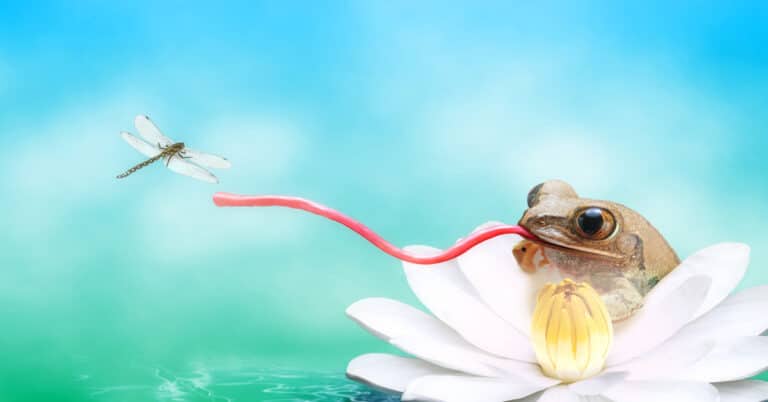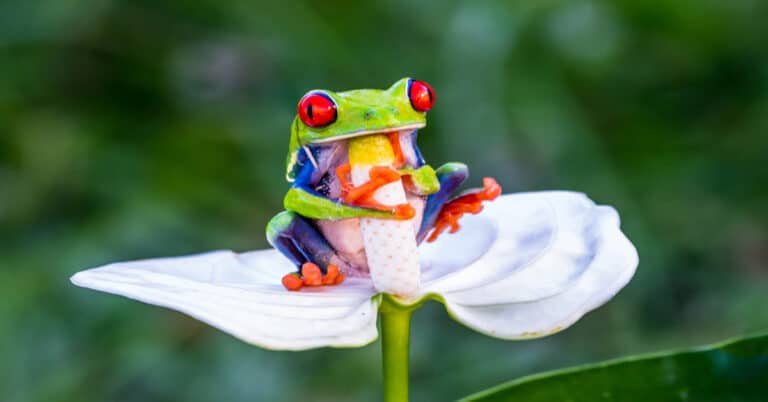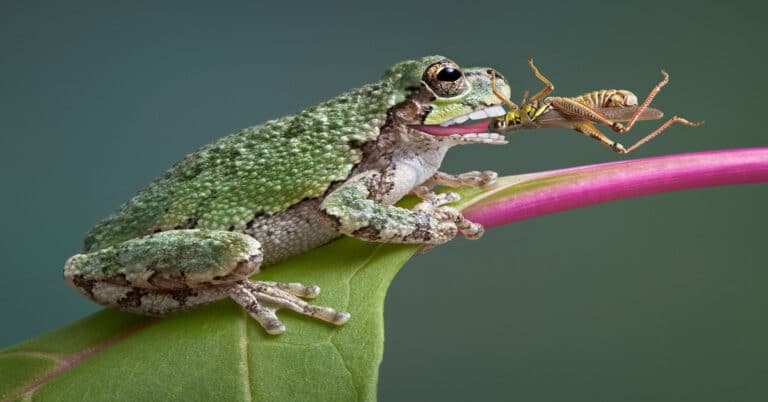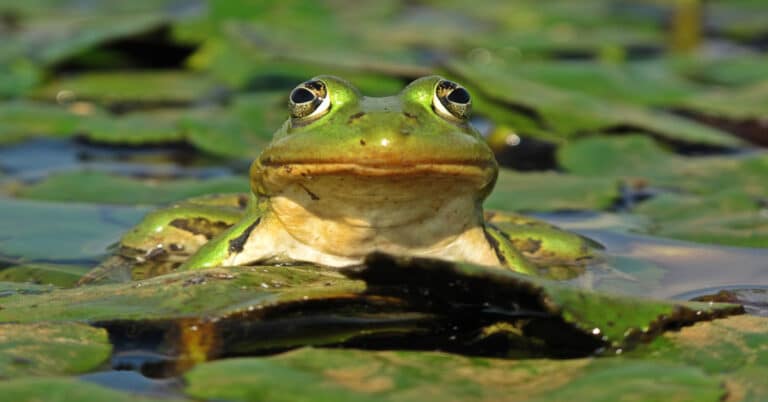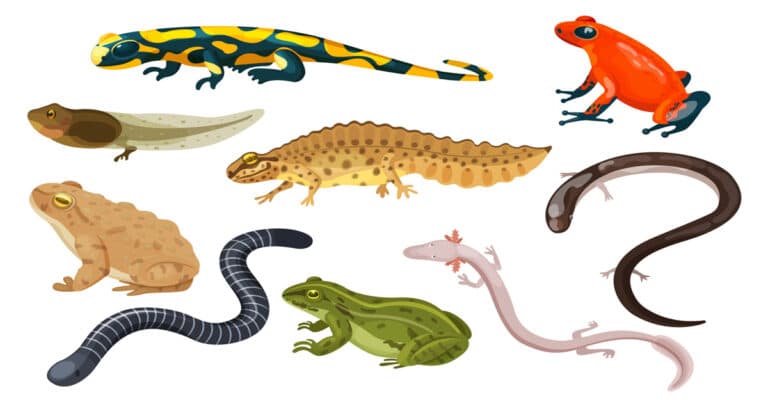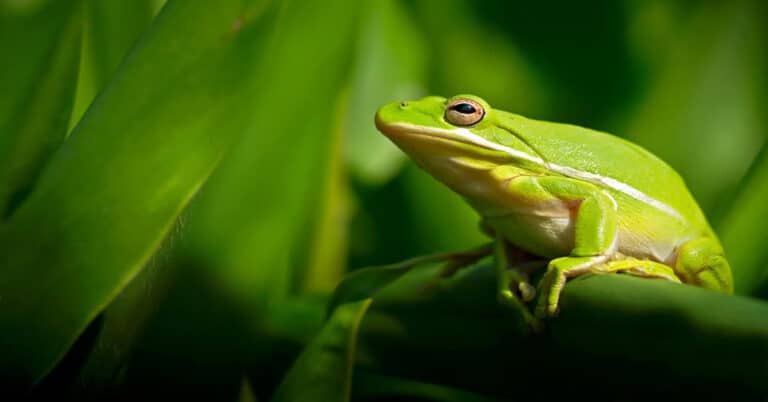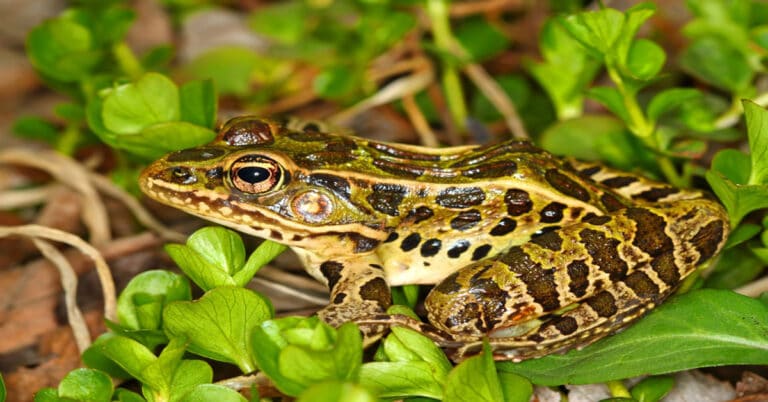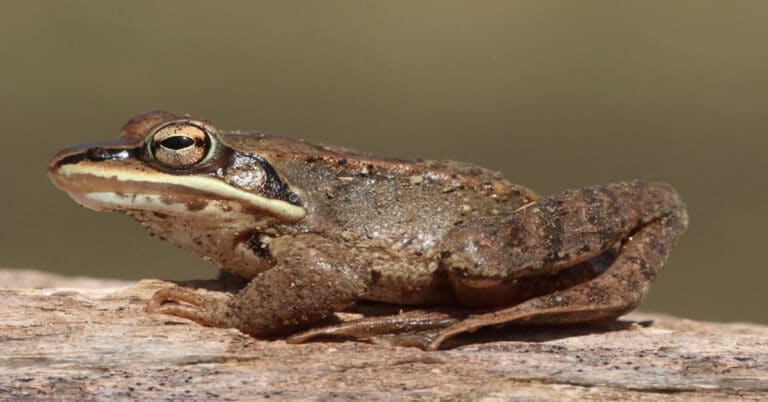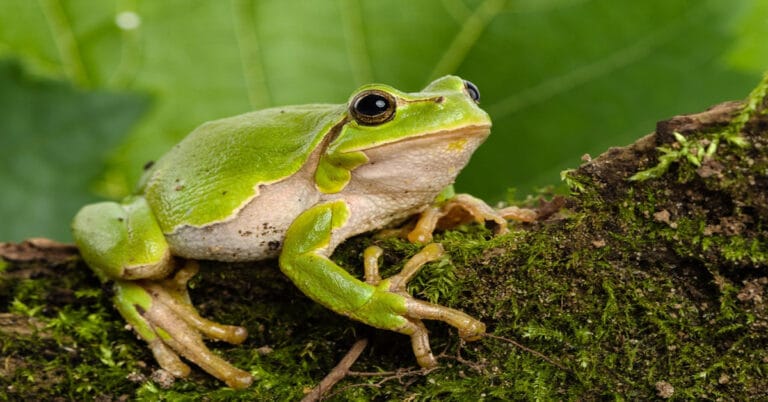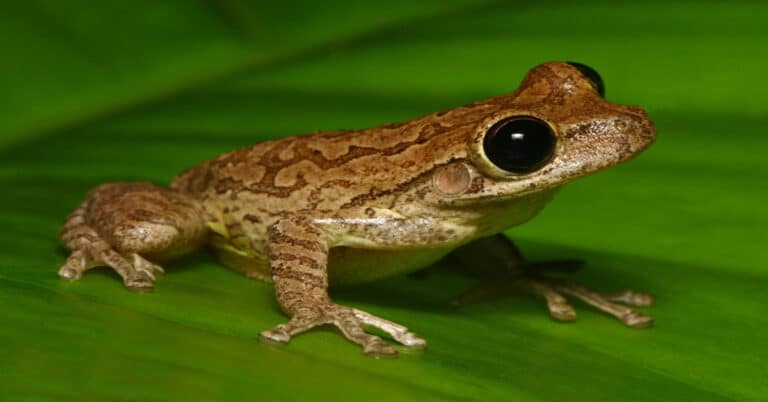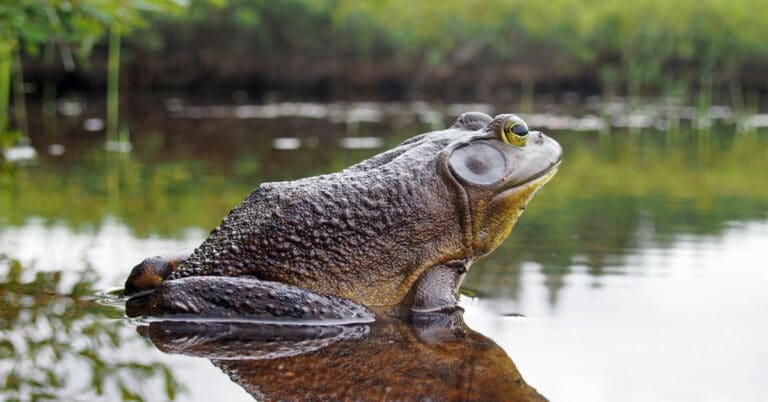Kiss a Frog and Other Frog Myths!
In fairy tales and many folklore stories, the frog is one of the main creatures that appear. Whether the frog is being kissed to turn into a prince or the frog’s eyes are being boiled in a pot and stirred by a witch, there are many different frog myths that are constantly floating around in…


